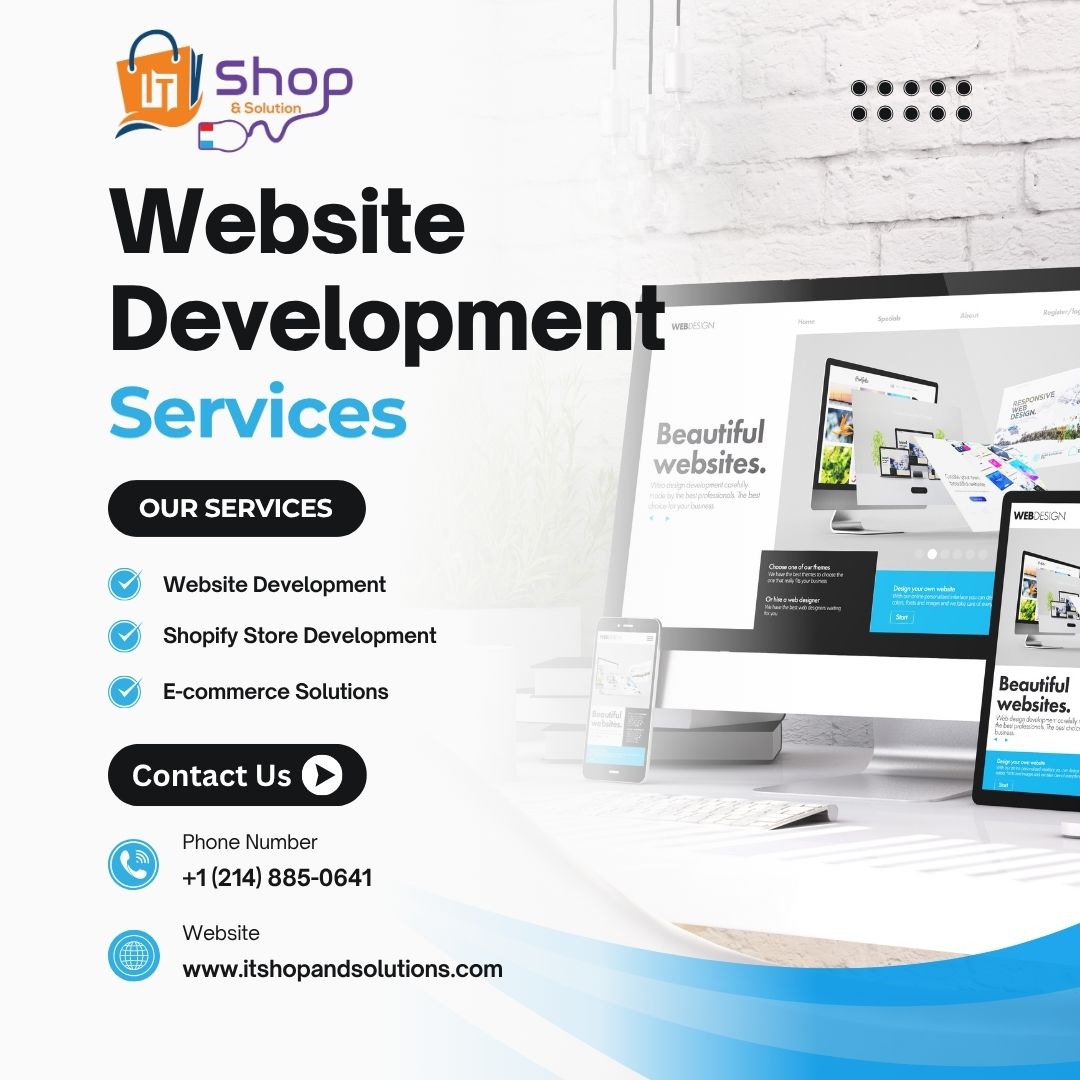Making themes, whether designed for WordPress, Shopify, or other platforms, takes time, expertise as well as creativity. When you’re a designer you must to license, price as well as secure your digital content successfully. By making smart choices on these topics and you’ll be able to create an efficient, reputable enterprise that will drive natural traffic to your website development services. How to tackle every process.
1. Why Proper Licensing Matters
A license sets out how users are able to make use of your site. It can help:
Define the user’s rights define what is allowed (e.g. one-site use Developer use, extended support).
Ensure legal compliance: Minimize unauthorized usage or redistribution.
Make sure you protect your earnings Promote fair transactions instead of piratery.
Common Licensing Types
Single-site license — one installation per purchase.
Multi-site license — allows use on multiple domains.
Developer’s license Unlimited use for agency and developers.
License extended includes additional assistance, updates or rights to resell.
2. Setting Smart Pricing for Your Theme Creation
The process of getting your website development services noticed begins by offering competitive pricing and strategic strategies. Use this guideline to help you:
A. Research Competing Themes
Explore similar topics on marketplaces such as Theme-forest, Mojo Marketplace, as well as others.
Compare options, services and types of licences.
B. Tiered Pricing Strategy
The basic plan Core features, little assistance.
Professional Plan Demos additional as well as more frequent update.
Premium plans with full feature set with priority assistance, white label options.
C. Pricing Benchmarks
The base plan should be between $29 and $59.
Mid-tier plans that fall in the $59 to $999 price range.
Extended or Developer licenses are priced between $99 and $199.
A well-planned pricing strategy can help the value of your website development services appear valuable and build trust with your customers.
3. Combining Licensing & Pricing for Maximum Profit
How to create profitable offering:
Tier
Use Case
License Type
Price Range
Basic
Hobbyists, blogs with a small size
Single-site
$29-$49
Professional
Professional blogger
Multi-site
$59-$99
Developer/Agency
Agencies, developers
Developer license
$99-$199
When you align license type and cost with your customers’ requirements, you improve satisfaction as well as renewals.
4. Protecting Your Themes: Best Practices
Making sure your digital files are secure helps to reduce piracy while maintaining revenue.
A. Apply License Keys
Include a license key verification feature within your theme’s update process.
Make use of remote activation and periodic verification via API.
B. Code Obfuscation & Minification
Reduce and obscure JavaScript/CSS in order to stop the possibility of tampering.
Build tools such as Webpack or Gulp to make it easy to integrate.
C. Document Terms Clearly
Include license conditions in your documentation or theme dashboard.
Include an license.txt file that lists permitted and not allowed usages.
D. Monitor Unauthorized Use
Reverse image search is a good option or the specialized tools (e.g., DMCA scans).
Inforce your rules by sending DMCA removal notices when necessary.
5. Incorporating Licensing & Pricing Into Marketing
Your website development services can shine by employing these methods:
landing page messaging clearly list the pricing, tiers of license as well as distinctions.
Content Marketing Blog posts: Write blogs which compare licensing levels. Also, give guidelines for selecting the appropriate license.
SEO SEO: Use keywords such as “developer license for WordPress theme” as well as “premium theme pricing” within headings, titles, as well as body texts (at 3 to 5 % volume, of course).
6. Driving Organic Traffic Through Content
Utilize blogs or guides as well as cases studies to strengthen your products.
Example Topics:
“How to Choose the Best License for Your WordPress Theme”
“Pricing Your Shopify Theme: A Step by Step Guide”
“Top 5 Strategies to Prevent Theme Piracy in 2025”
These subjects will increase your credibility and direct visitors to your website development services.
7. Supporting Customers Post-Purchase
Continuous support for renewals encourages them and enhances your reputation.
Provide updates security fixes and enhancements to features.
Support via ticket Tied by the level of license.
Create knowledge base including FAQs, set-up tutorials, video demonstrations and easy to read documents.
Frequently Asked Questions
1. What type of license should I select for the first theme creator?
Begin with a single-site licence to draw hobbyists and entrepreneurs. You can offer a multi-site license after you’ve built credibility.
2. What is the best frequency to update my themes?
Ideally, update whenever there are major security patches, new platform compatibility requirements, or feature enhancements — typically every 1–3 months.
3. How can I identify online piracy of themes?
Use reverse image search to find images, DMCA monitoring services, or automated scanner tools to find themes that are not licensed for download.
Final Takeaways
License clear defines user rights and usage scenarios.
Cost wisely and use tied pricing that is aligned to industry standards.
Secure your Utilize licensing keys, encryption, as well as monitoring.
Effectively market Create content targeted at licensing, pricing and issues related to protection.
Continuous support Provide regular updates, documents, and prompt customer service.
The company offering your website development services USA will benefit of a more robust strategy that will establish solid value, create trust with clients, and ensure the long-term development. Remember: whenever you discuss your topics or the agency you work for make sure to end the discussion with
It shop as well as a solution

